Does God Have a Gender?
We usually think of the number one as a unit; a unit that can be multiplied to make something bigger and greater. However, we could also think of the number one rather as a great, all-inclusive unity out of which all numbers are derived: one divided becomes two; divided again, three four and so on.
The creator said, Let us create the earthly human being in our image, according to our likeness. (Genesis 1:26) Out of the One-ness of God a unified archetype of the androgynous human being is created. God first creates an archetype for the human being, imaged after God, imaged after the One-ness out of Whom all else is derived. This human archetype is at first both male and female – androgynous – since God contains all.
Then in Genesis there follows:
….So God created humankind [the archetypal human being] in his image, in the image of God he created him; male and female he created them. (Genesis 1: 27)
Thus comes the first division of the unity; the androgynous whole is divided into male and female.
God is the great unity that encompasses all genders. To the question of whether God is male or female, the answer is Yes!
One can think of Christ as the human being who has perfectly integrated the divided masculine and feminine sides of human nature. In order to fulfill His mission (including His crucifixion), He had to incarnate in a male-gendered body, but His relations with women were exemplary, neither chauvinistic nor submissive. This is an indication of a man who has integrated himself well with the inner feminine side of his own soul. Perhaps this is one of our truly Christian tasks – for men to integrate into themselves the feminine side of their own soul, and for women to integrate in a healthy way the masculine aspects of their soul. Thus, we will ultimately re-unite in love, on a higher level, what was divided in the beginning.

 Generally knowledge is acquired through experience. Often it results from our having perceived a pattern: every day, at predictable times, the sun rises and sets. Therefore, I know that the sun rises and sets on a daily basis. I also know, either from close observation or from the observations of others, that there is a gradual shift of the point on the horizon at which it rises or sets, and that this shift from one extreme to the other and back takes a year to complete. Generally knowledge is related to the past and is founded on past experience.
Generally knowledge is acquired through experience. Often it results from our having perceived a pattern: every day, at predictable times, the sun rises and sets. Therefore, I know that the sun rises and sets on a daily basis. I also know, either from close observation or from the observations of others, that there is a gradual shift of the point on the horizon at which it rises or sets, and that this shift from one extreme to the other and back takes a year to complete. Generally knowledge is related to the past and is founded on past experience.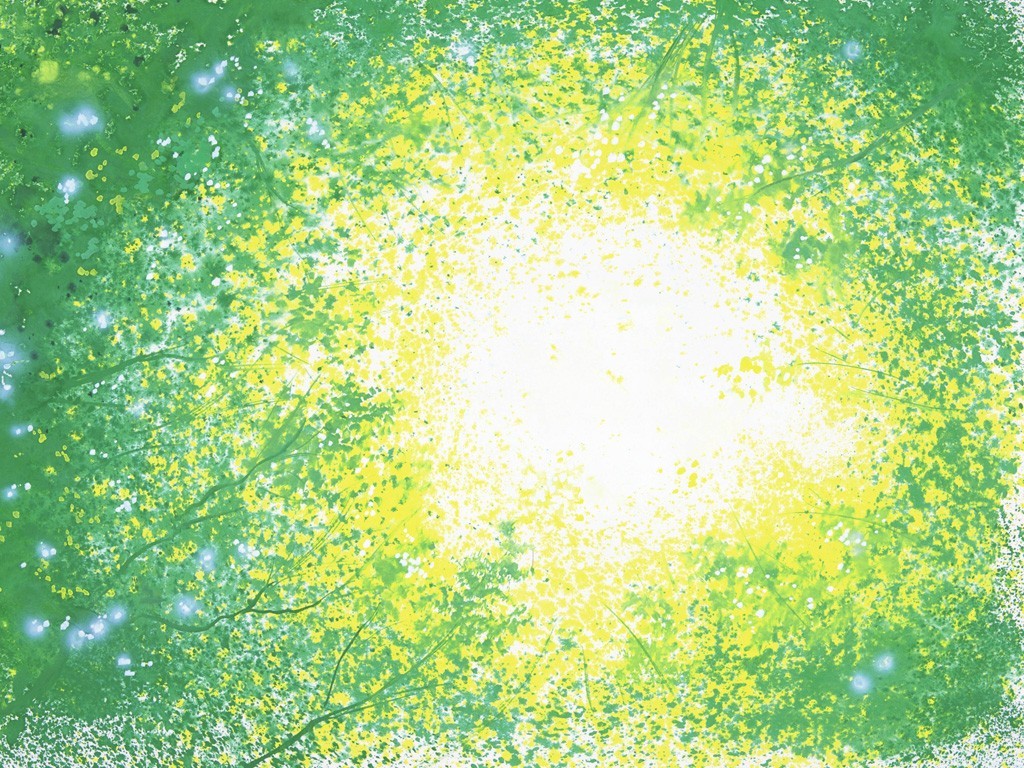 The Earth has sometimes been compared to a spaceship, a machine hurling through the black void of outer space. In this scientific vision space is stunningly cold and inimical to all life. But this simplified picture is wrong; it leaves out the Sun.
The Earth has sometimes been compared to a spaceship, a machine hurling through the black void of outer space. In this scientific vision space is stunningly cold and inimical to all life. But this simplified picture is wrong; it leaves out the Sun.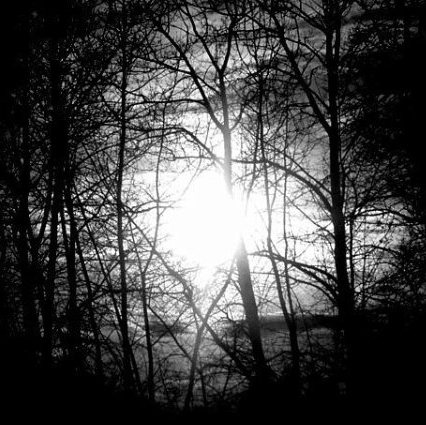 From time immemorial the stars have been, literally, a guiding light for mankind. In the dark nights of ancient times people lifted their gaze to the starry heavens: to navigate their way through the world, to know when to sow their crops, to receive guidance in making critical decisions. The world of the stars and the world of humanity were united in a symbiosis of which our times can only dream. The starry heavens, once the focal point of mankind’s relationship to the spiritual world, has been degraded to an object of pure science, functioning at best as a subject for sentimental art or religious metaphor.
From time immemorial the stars have been, literally, a guiding light for mankind. In the dark nights of ancient times people lifted their gaze to the starry heavens: to navigate their way through the world, to know when to sow their crops, to receive guidance in making critical decisions. The world of the stars and the world of humanity were united in a symbiosis of which our times can only dream. The starry heavens, once the focal point of mankind’s relationship to the spiritual world, has been degraded to an object of pure science, functioning at best as a subject for sentimental art or religious metaphor. 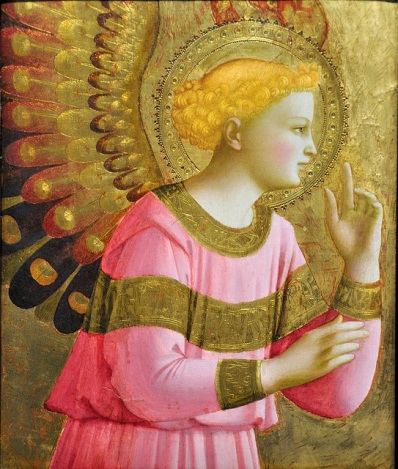 In artistic renderings of angels, three characteristics are frequently pictured. The first is of course that angels have wings. When we think of the earthly creatures that have wings, the birds, we realize that they inhabit a sphere above the earth, the airy regions. They live in a world of light and uplift not limited by earthly gravity. Picturing angels as having wings is an artistic way of saying that angels, too, are not bound to the earthly. They are limitless; they live in expanses. They live with the world of eternity at their backs.
In artistic renderings of angels, three characteristics are frequently pictured. The first is of course that angels have wings. When we think of the earthly creatures that have wings, the birds, we realize that they inhabit a sphere above the earth, the airy regions. They live in a world of light and uplift not limited by earthly gravity. Picturing angels as having wings is an artistic way of saying that angels, too, are not bound to the earthly. They are limitless; they live in expanses. They live with the world of eternity at their backs.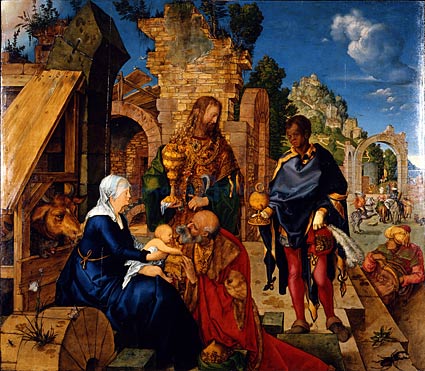
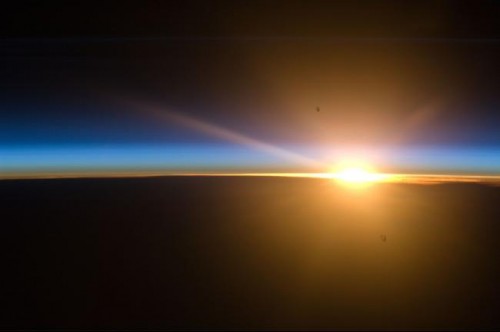 At sunset, the sun is midway between heaven and earth. Its light hits us in the middle and is warm and full of color. The sun is not too high as to burn our eyes with its light, and not too low as to be swallowed up by the earth. At sunset, the sun is the balance point between heaven and earth.
At sunset, the sun is midway between heaven and earth. Its light hits us in the middle and is warm and full of color. The sun is not too high as to burn our eyes with its light, and not too low as to be swallowed up by the earth. At sunset, the sun is the balance point between heaven and earth.